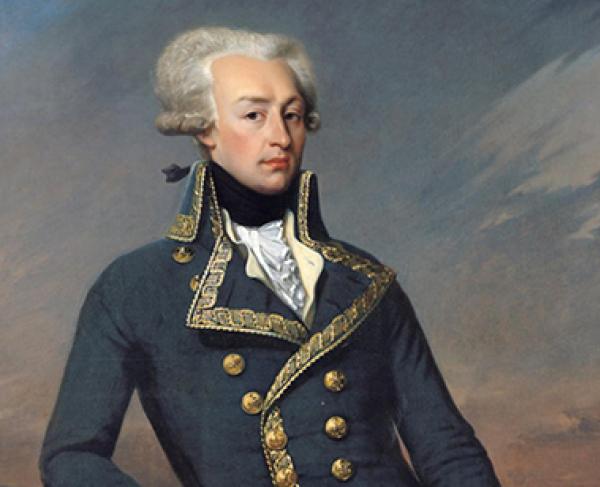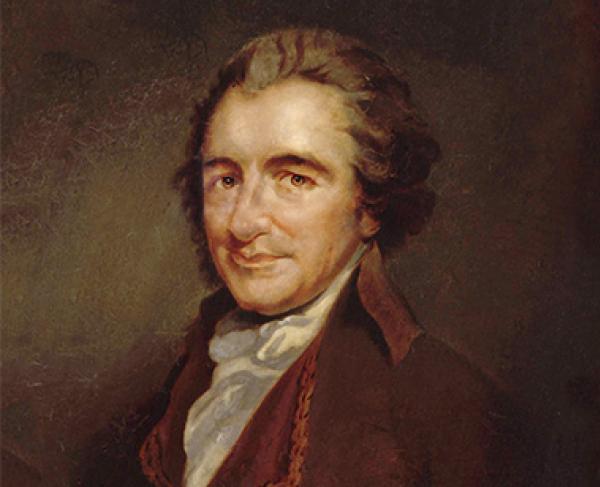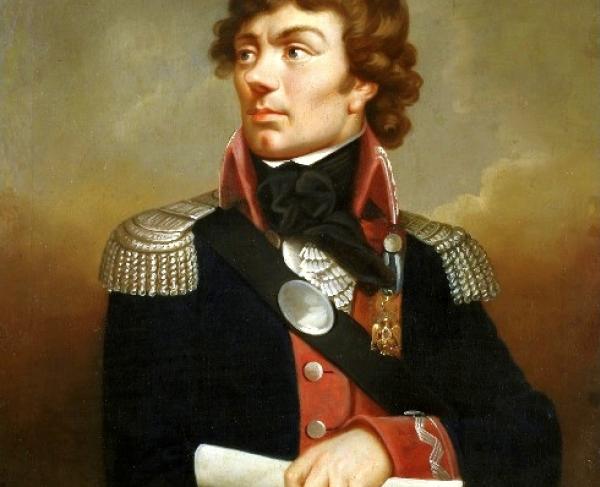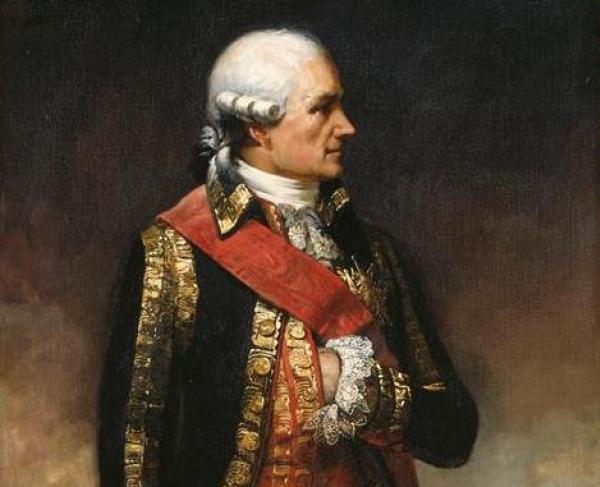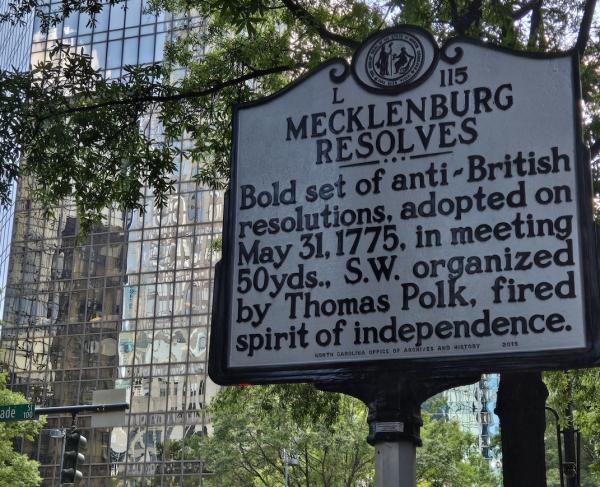
For centuries, the United States of America has inspired idealists near and far with the promise of freedom and equality. Even before American independence, some individuals were drawn across the Atlantic and onto the front lines of the American Revolution to fight for these ideals. Here are six brave souls, whose decision to leave their home lands and fight for the Patriot cause made them American heroes.
1. The Marquis de Lafayette
The Marquis de Lafayette was only 19 years old when he journeyed from his native France to the fledgling American colonies to offer his military service to the Continental Army. The idealistic aristocrat reported to George Washington himself, and the two soon developed a father-son-like bond that would last the rest of their lives. Lafayette was instrumental to the Patriot cause both as a military leader and as a diplomat. After the American Revolution, he returned to France to continue his fight for liberty and equality in the French Revolution.
Gilbert du Motier, Marquis de Lafayette, better known simply as the Marquis de Lafayette, was born into an extremely noble family in Chavaniac...
2. Thomas Paine
Thomas Paine also served in the Continental Army, but his most significant contributions to the Patriot cause were made in ink. Born to a family of modest means, Paine received minimal formal education before immigrating from his native England to Philadelphia. There, he published Common Sense, one of the most influential pamphlets of American history, in 1776. The pamphlet attacked the British monarchy, championing republican ideals and selling over 100,000 copies in the first three months of publication. Paine would inspire the troops throughout the course of the war with sixteen "Crisis" papers.
Thomas Paine grew up in a household of modest means, and only came to America a year before the start of the Revolutionary War at the age of 37. Yet...
3. Johann de Kalb
Johann de Kalb, a Bavarian-French military officer, was recruited to join the American Revolution by the Marquis de Lafayette. Like Lafayette, de Kalb served both politically and on the battlefield, advocating to the French Court for the Patriot cause and serving in northern and southern theaters of the war until he was mortally wounded at that Battle of Camden. Legend has it that several years after the Revolution, George Washington paid a visit to his grave, saying, “So, there lies the brave de Kalb. The generous stranger, who came from a distant land to fight our battles and to water with his blood the tree of liberty. Would to God he had lived to share its fruits.”
Not unlike other Europeans who were inspired by the ideals of the Enlightenment, the Revolutionary War also gave Johann de Kalb an opportunity to...
4. Tadeusz Kościuszko
Tadeusz Kościuszko was a skilled engineer with a military education by the time he arrived in the American colonies from Poland in 1776. Offering his services to the revolutionary cause, he masterminded a key British defeat at Saratoga and oversaw the building of military fortifications at West Point. Inspired by the success of the American Revolution, Kościuszko returned to Poland and led a valiant but ultimately unsuccessful uprising against the nation's partition by Russia and other foreign powers.
Andrzej Tadeusz Bonawentura Kościuszko was born on February 4, 1746, in Mereczowszczyna, Polish-Lithuanian Commonwealth, which is in present day...
5. Casimir Pulaski
Casimir Pulaski, a nobleman, soldier and military commander known as "the father of the American cavalry," emigrated from Poland to North America to help in the American Revolutionary War. He distinguished himself throughout the revolution, reforming the Patriot cavalry, saving the life of George Washington and ultimately giving his own life in the fight for independence at the Battle of Savannah.
Growing up as a privileged aristocrat, and with a reputation of more bravado than sense, Casimir Pulaski nonetheless made a significant impact on the...
6. Jean-Baptiste Donatien de Vimeur
Jean-Baptiste Donatien de Vimeur, comte de Rochambeau, a nobleman and career military officer, sailed from France in 1780 with some 5,500 French troops in tow to fight alongside Gen. George Washington in the American war for independence. Together, Washington and Rochambeau marched their combined force south to Virginia in 1781 and trapped British Gen. Charles Cornwallis and 8,000 British troops at Yorktown, forcing their surrender. It was a crushing defeat for the British army, leading to the end of the Revolutionary War.
French nobleman and career military officer Jean-Baptiste Donatien de Vimeur, comte de Rochambeau lived into his 80s, a miraculous accomplishment...
These are just a few of the many individuals whose contributions helped shape a nation dedicated to freedom and opportunity for all. Read more biographies of notable contributors to America’s founding century on Battlefields.org.
